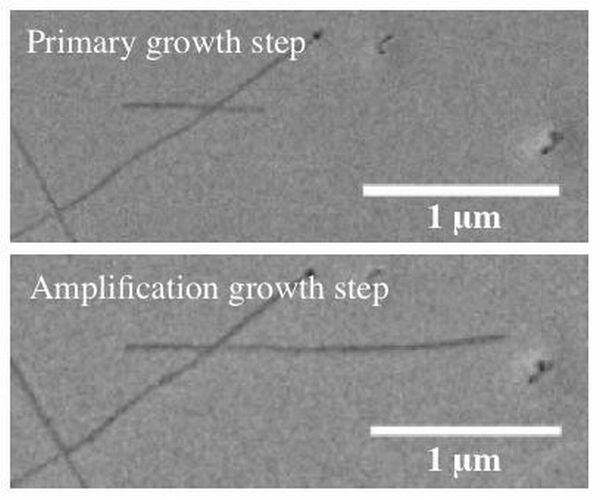
Rice University scientists have proposed a series of nano-tubes called Armchair quantum wire (ACW) for power transmission. Currently, copper-based cables are being used for transmission that lose five percent of electricity per 100 miles due to transmission loss. Considering the fact that our power plants are located far from our offices and residential areas this amounts to a substantial loss of electricity.
Armchair quantum wire is made from metallic single-walled carbon nano-tubes (SWCN), discovered by late Dr. Richard Smalley of Rice University who was also a Nobel laureate. Richard saw amplification of nano-tubes as a key step toward manufacturing of AQW. He laid out the path for its development. The paper has been written by graduate student Alvin Orbaek, undergraduate student Andrew Owens and Andrew R. Barron who is Professor of Materials Science in Rice University.
The team faced various hurdles while developing these nano-tubes.The first demonstration yielded only one tube out of thousands. When this challenge was met the tube growth was limited. Also there were issues with the catalyst that “etches” the nano-tubes. It has taken years for the team to reach at this stage, but now they are able to amplify about 90 percent of the nano-tubes in a batch to significant lengths. According to Barron,”What we’re getting to is that sweet spot where most of the nano-tubes grow and none of them etch,”. Eight professors and dozen of students from Rice University have been working on ACW by spinning nano-tubes into fibers and turning quantum wires into a product that will light up the world.
Amplification of nano-tubes was a key challenge for the use of nano-tubes for power transmission.The team of scientists took small batches of individual nano-tubes and made them longer.The long armchair nano-tubes are further cut, re-seeded with catalyst and re-grown indefinitely. The iron/cobalt catalysts are attached chemically to the ends of nano-tubes for re-seeding. The key to the research was finding the right balance of temperature, pressure, reaction time, and catalyst ratio for achieving large amplifications.
According to Barron by the summer’s end they will begin amplifying armchair nano-tubes for making large quantities of pure metallics. However, it may take some time to commercially manufacture these fiber based cables, but they do provide a viable solution to energy efficient electric grids of the future.
Via: ScienceDaily




